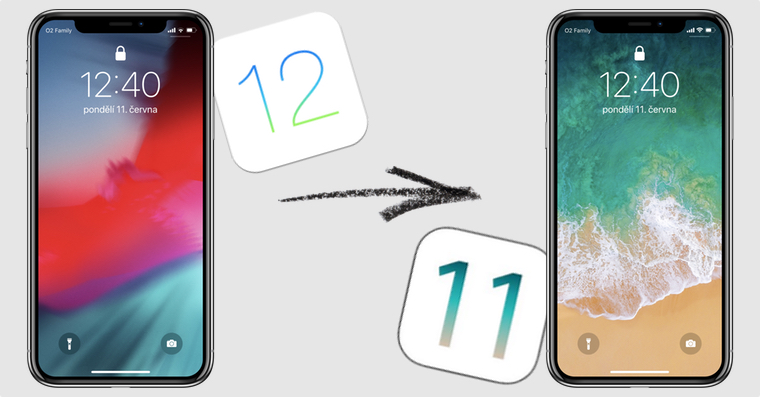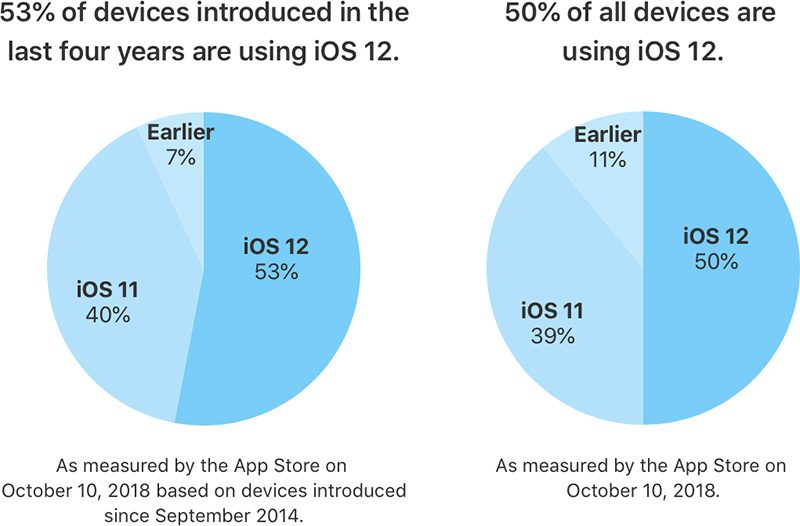Yesterday, Apple released the first ever official information on its website about the prevalence of its new iOS 12 operating system, which has been available for about a month. Apple reported the extension statistics in the web section dedicated to developers and the App Store (see link <a href="https://cdn.shopify.com/s/files/1/1932/8043/files/200721_ODSTOUPENI_BEZ_UDANI_DUVODU__EN.pdf?v=1595428404" data-gt-href-en="https://en.notsofunnyany.com/">here</a>).
It could be interest you

In recent weeks, there have been reports of how the new iOS 12 is doing. The take-off was relatively slow at first, with the new iOS rolling out more slowly than the two previous versions. However, after the first week, the expansion rate picked up and is currently doing better than last year and the previous year's predecessors.
Apple published statistics based on data from October 10, and according to their numbers, iOS 12 is installed on 53% of all iOS devices introduced in the last four years, and on 50% of all currently active iOS devices. This includes iPhones and iPads on which iOS 12 can no longer be installed.

Last year's iOS 11 is currently at 40, or 39% The remaining percentages belong to older operating systems, on which really old products "survive", such as the iPhone 4S or iPad 4th generation and older. If we compare the current spread of iOS 12 with last year's version, the novelty is currently significantly better. iOS 11 managed to reach half of all active iOS devices almost a month later. What plays into the cards of the "twelves" above all is how well-tuned the system is. You couldn't say much about last year's novelty.